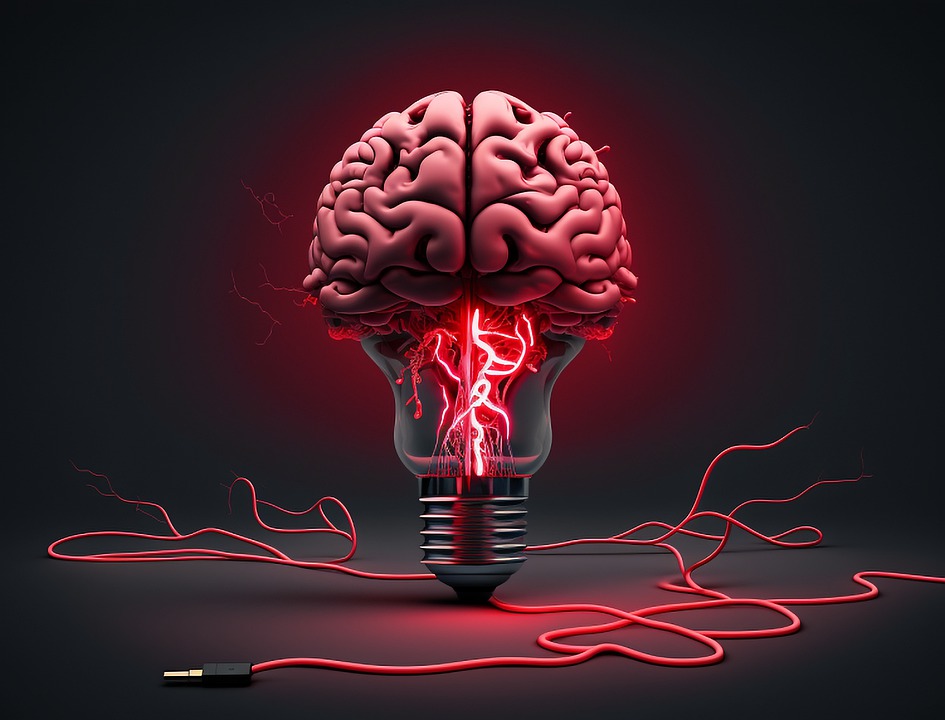The Skinny Truth: Why Muscle Mass Matters, Even if You’re Not a Powerlifter
As a fitness enthusiast, you’re likely no stranger to the importance of physical activity and maintaining a healthy weight. However, there’s a crucial aspect of overall health that often takes a backseat to more attention-grabbing aspects like cardio or aesthetics: muscle mass. Why should you care about building and maintaining muscle mass, even if you’re not a powerlifter or aspiring athlete?
The Why
In a nutshell, muscle mass plays a vital role in overall health, regardless of your fitness goals or interests. Here are a few compelling reasons to start prioritizing muscle mass:
- Increased Metabolism: Muscle tissue burns more calories at rest than fat tissue, which means the more muscle mass you have, the higher your resting metabolic rate (RMR). This can help with weight management and reduce the risk of chronic diseases like diabetes and heart disease.
- Better Bone Density: Resistance training, which is essential for building muscle mass, also helps strengthen bones by stimulating bone growth and density. This can significantly reduce the risk of osteoporosis and fractures as you age.
- Improved Functional Ability: Having sufficient muscle mass can improve overall functional ability, making everyday tasks like carrying groceries, playing with your kids, or enjoying hobbies easier and more enjoyable.
- Enhanced Insulin Sensitivity: Resistance training has been shown to improve insulin sensitivity, reducing the risk of developing insulin resistance and type 2 diabetes.
- Better Mental Health: Research suggests that resistance training can have a positive impact on mental health by reducing symptoms of anxiety and depression.
How to Build and Maintain Muscle Mass
So, now that you’re convinced of the importance of muscle mass, how can you start building and maintaining it? Here are some expert tips:
- Focus on Resistance Training: Aim to incorporate 2-3 resistance training sessions per week, targeting all major muscle groups (chest, back, shoulders, legs, and core).
- Progressively Overload Your Muscles: Gradually increase the weight, reps, or sets over time to challenge your muscles and promote growth.
- Eat Enough Protein: Aim to consume 1.2-1.6 grams of protein per kilogram of body weight daily to support muscle growth and maintenance.
- Stay Consistent and Patient: Building and maintaining muscle mass takes time and consistency. Aim for long-term progress, rather than expecting overnight results.
Common FAQs
Q: I’m not a fan of weightlifting or resistance exercises. Are there other ways to build muscle mass?
A: Yes! While resistance training is a powerful way to build muscle mass, other forms of exercise like high-intensity interval training (HIIT) and bodyweight exercises can also be effective.
Q: Can I still build muscle mass if I’m not a beginner? Even as an experienced lifter, I might need to adjust my approach to continue making progress.
A: Absolutely! Even experienced lifters can plateau or stagnate if they don’t continue to challenge themselves. Focus on progressive overload and varied training to keep pushing your muscles forward.
Q: Will building muscle mass make me bulky or feminine?
A: Building muscle mass doesn’t automatically mean you’ll look "bulky" or develop a masculine physique. Focus on progressive overload and maintaining a healthy weight to achieve a lean, toned appearance.
Image
[Illustration of a person in various workout scenarios, with a gradual build-up of muscle mass over time]
Whether you’re a seasoned athlete or simply looking to improve your overall health, incorporating muscle mass-building exercises into your fitness routine can have a profound impact on your well-being. By prioritizing progressive overload, sufficient protein intake, and consistent training, you can build and maintain the muscle mass you need to enjoy a healthier, more active lifestyle. So, get lifting, and start feeling the benefits of a stronger, more resilient you!



